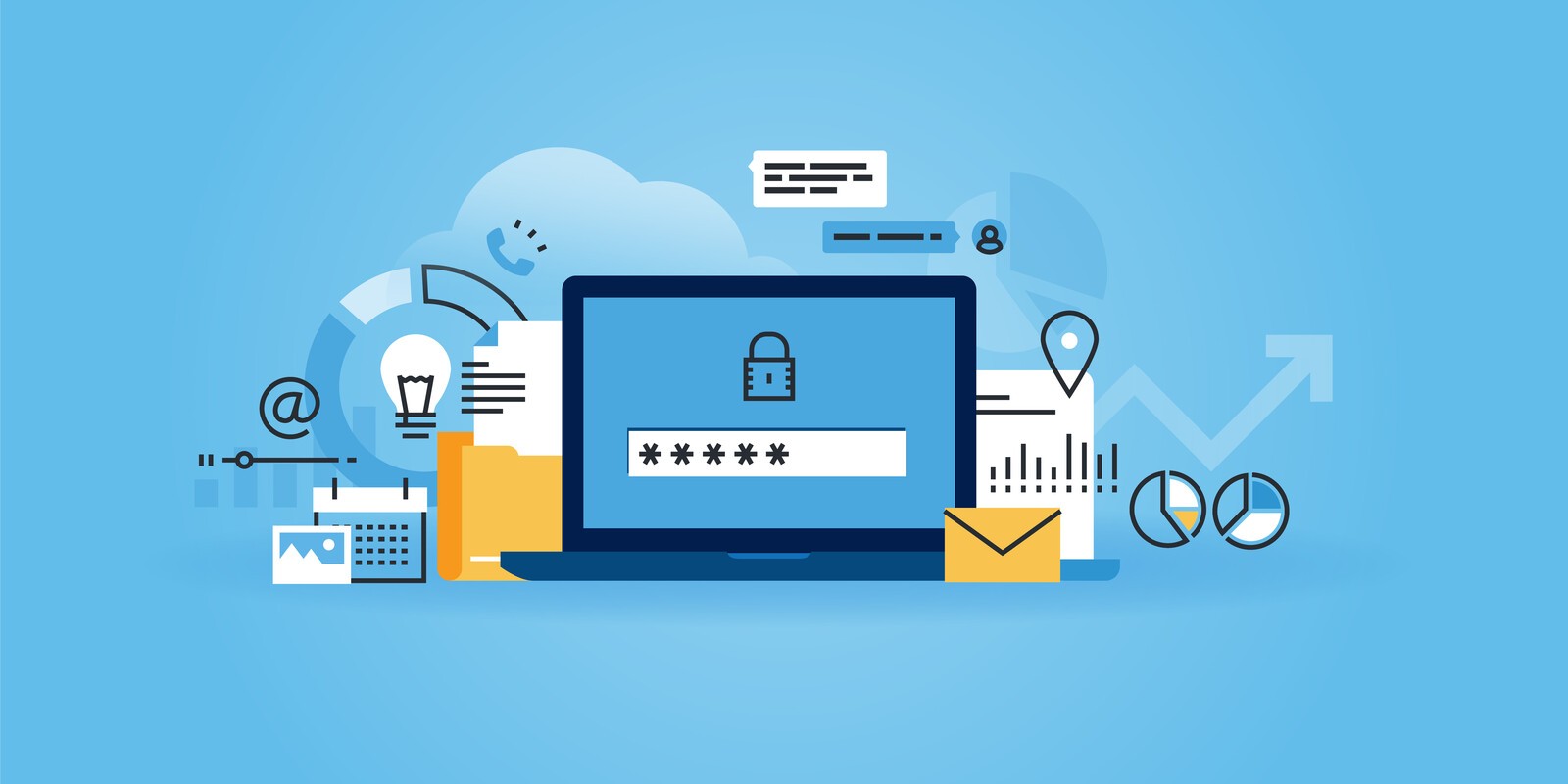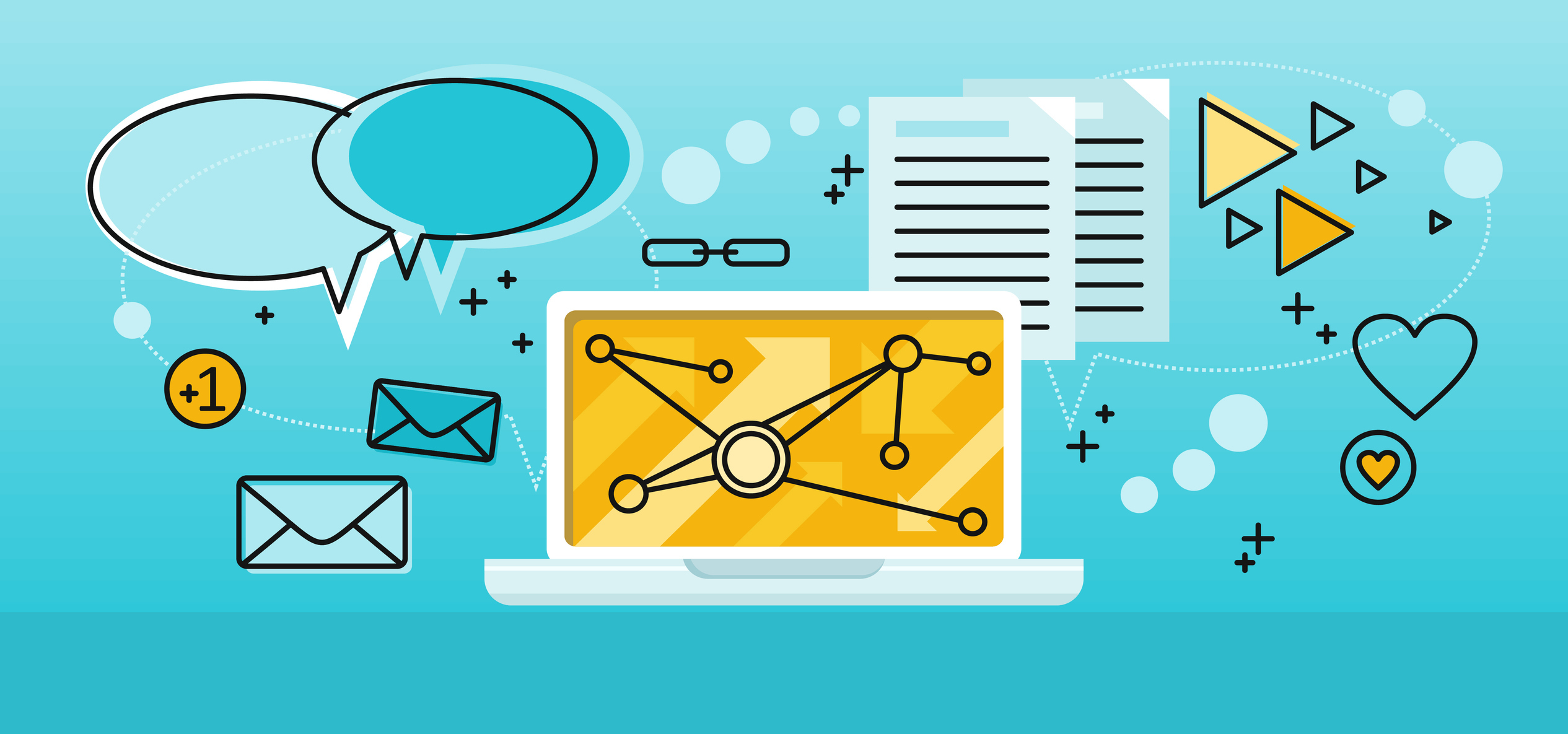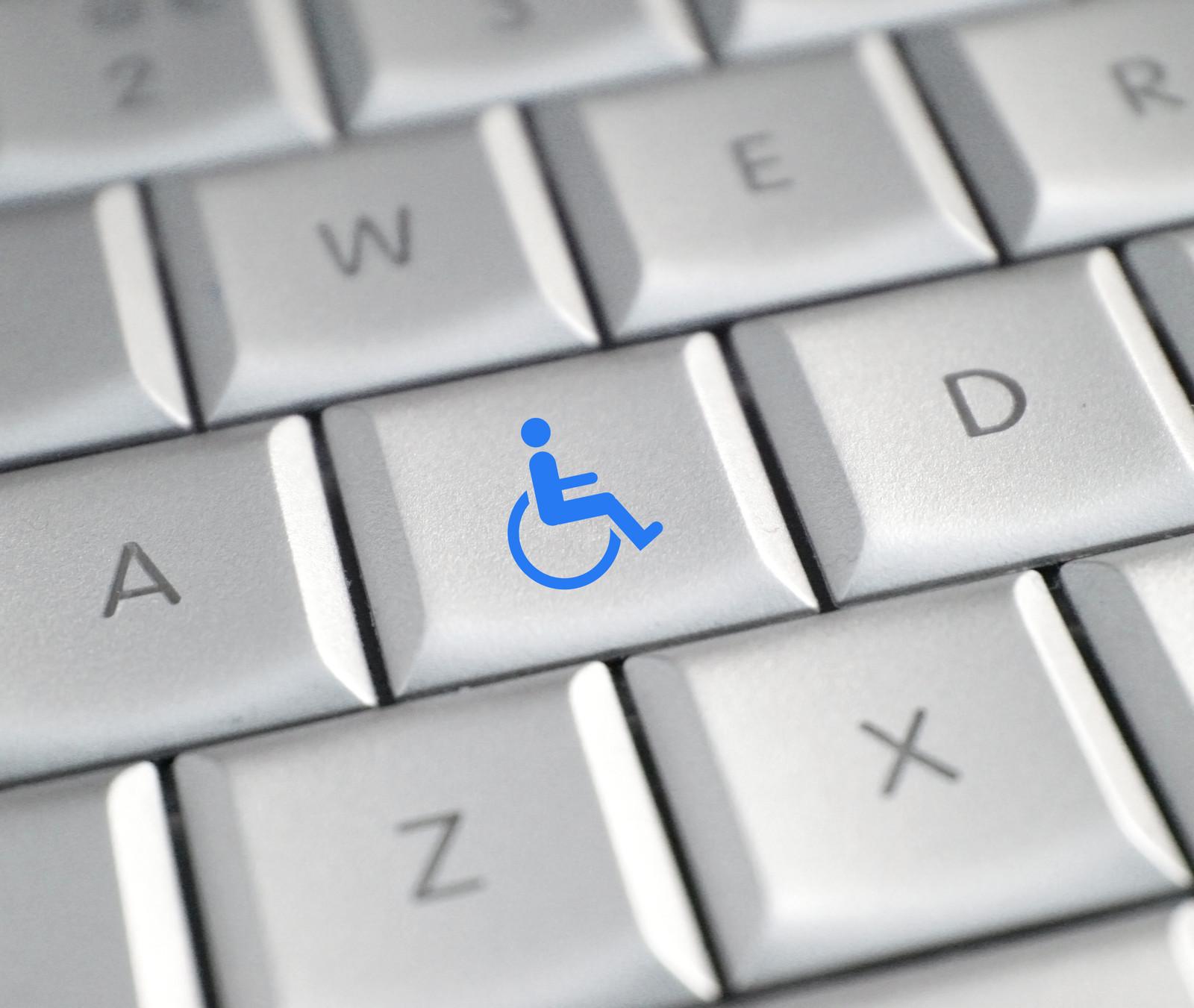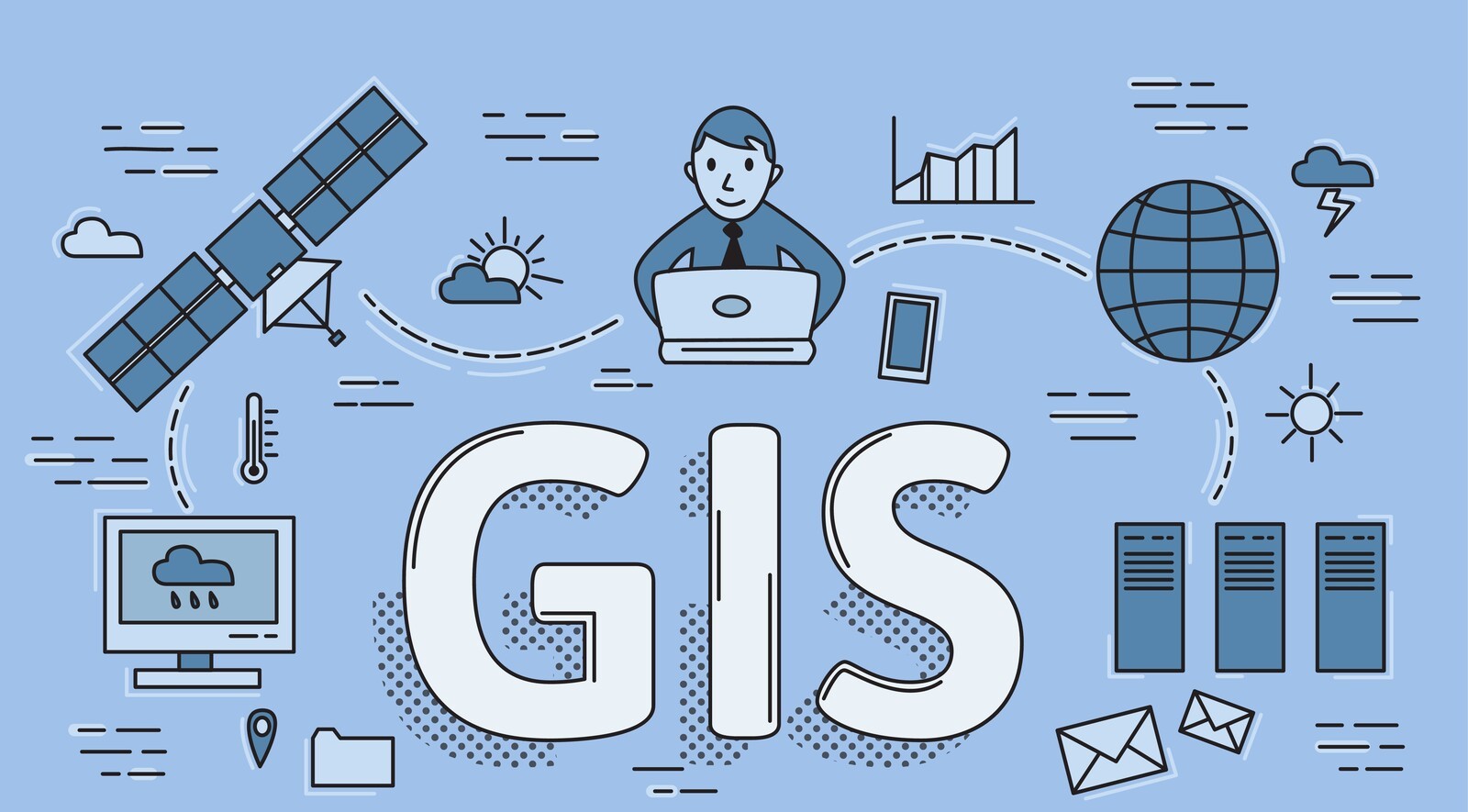The importance of website security is paramount. When it comes to WordPress, the world's most popular content management system, this importance is even more magnified. Harnessing over 40% of the web, WordPress is not just a platform for bloggers or small businesses; it's a key component of the digital landscape.
However, with such popularity, it also becomes a prime target for cyber threats, making WordPress security a critical concern for any website owner.
Why Should You Secure Your WordPress Site?
WordPress websites, due to their widespread use, are frequent targets for malicious attacks ranging from data breaches to Distributed Denial of Service (DDoS) attacks. A breach can lead to damaging outcomes such as loss of data, tarnished reputation, and potential financial liabilities.
Securing your WordPress site goes beyond just protecting your assets—it's also about retaining and building your customers' trust. As users become more educated about data privacy and security, they value and trust businesses that take security seriously.
In an era where data is as valuable as gold, ensuring the security of your WordPress site enhances customer trust, promotes loyalty, and positions your business as a reliable entity in the digital marketplace.
Simple Tips to Secure Your WordPress Site
Securing your WordPress site doesn't have to be a complicated or daunting process. By implementing a few key strategies, you can significantly increase your site's resilience against potential threats. Here are some simple, yet effective tips to boost the security of your WordPress site:
Regularly Update WordPress
One of the simplest yet most effective ways to keep your WordPress site secure is by ensuring that your core WordPress installation, themes, and plugins are always up-to-date. Updates not only come with new features but also fix security vulnerabilities and improve performance.
Keeping your WordPress environment updated will prevent attackers from exploiting known security weaknesses.
Use Strong Passwords
A strong password is your first line of defense against unauthorized access. Use complex, unique passwords for your WordPress admin account, database, and hosting account. Consider using a secure password manager to help create and store your passwords securely.
Install a WordPress Security Plugin
Security plugins provide a variety of features to secure your WordPress site, including firewall protection, malware scanning, and security hardening. Some recommended plugins include Wordfence, Sucuri, and iThemes Security.
Enable Two-Factor Authentication
Two-Factor Authentication (2FA) adds an extra layer of security to your WordPress login by requiring two forms of identification. This usually involves a password and a secondary verification step, such as a text message or mobile app notification.
Regular Backups
In case of a security breach or data loss, having a recent backup can be a lifesaver. Regularly backup your WordPress site's content, themes, plugins, and database. You can perform backups manually or use plugins like UpdraftPlus or BackupBuddy.
Limit Login Attempts
By limiting the number of login attempts allowed, you can protect your site from brute force attacks. Brute force attacks involve hackers repeatedly trying different passwords until they get it right. Plugins like Limit Login Attempts Reloaded can help you implement this security measure.
Implement SSL Certificate
An SSL (Secure Socket Layer) certificate encrypts data transfer between your site and your visitors, securing it from being intercepted by hackers. This is especially important if you're handling sensitive data like credit card information and personal details. Most hosting providers offer free SSL certificates through Let's Encrypt.
Use a Secure Hosting Environment
Lastly, choose a reputable hosting provider that prioritizes security. Your hosting environment should have robust security measures in place, including firewalls, intrusion detection, and regular security audits.
Advanced Tips to Secure Your WordPress Site
While the simple tips provided earlier can significantly bolster your WordPress security, there are several more advanced measures that you can take to provide an extra layer of protection. Let's explore some advanced security strategies:
Change your WordPress Database Table Prefix
By default, the WordPress database tables use the "wp_" prefix, which can be easily guessed by hackers. Changing this to a unique prefix can help reduce the risk of SQL injection attacks.
Disable File Editing from the Dashboard
WordPress allows you to edit your theme and plugin files directly from the admin dashboard. However, if a hacker gains access to your dashboard, this could be disastrous. To prevent this, you can disable file editing by adding a line of code to your wp-config.php file.
Use a Web Application Firewall (WAF)
A Web Application Firewall (WAF) can filter out malicious traffic before it reaches your WordPress site. You can choose from cloud-based options, like Sucuri and Wordfence, or server-based firewalls like ModSecurity.
Regularly Scan for Malware
Regularly scanning your site for malware is an effective way to catch any security issues early. Many WordPress security plugins offer this feature, or you can use third-party services like SiteLock or Sucuri SiteCheck.
Implement a Content Delivery Network (CDN)
CDNs not only speed up your site for users around the globe but also add a layer of security by providing DDoS protection, hiding the IP address of your server, and detecting suspicious patterns of behaviour.
Harden Your wp-config.php File
Your wp-config.php file is the heart of your WordPress site, containing your database login information and other configuration details. By moving it from its default location and limiting file permissions, you can significantly increase your site's security.
Restrict Access to Your WordPress Admin Area
By limiting who can access your /wp-admin/ directory, you can reduce the risk of unauthorized access. This can be achieved by password-protecting the directory, limiting login by IP address, or using a plugin to enforce strong authentication.
Along with the simpler ones outlined earlier, you can significantly enhance your WordPress site's resilience against cyber threats. The time you invest in securing your site now can save you from potential loss and damage in the future.
Common Questions About WordPress Security
What are the most common WordPress security threats?
Some of the most common security threats facing WordPress sites include:
- Brute Force Attacks: This type of attack involves hackers repeatedly trying different username and password combinations until they find one that works.
- SQL Injections: In this type of attack, a hacker attempts to manipulate your database, usually to gain unauthorized access to your site or to retrieve sensitive information.
- Malware: This includes various malicious software like viruses, trojans, ransomware, etc., which can harm your site or server.
- Cross-Site Scripting (XSS): In XSS attacks, an attacker injects malicious scripts into your website, which are then executed by your visitors' browsers.
- DDoS Attacks: Distributed Denial of Service (DDoS) attacks flood your site with traffic, making it inaccessible to your users.
How often should I update my WordPress site?
Updates to WordPress, along with its themes and plugins, should be applied as soon as they become available. These updates often contain fixes for security vulnerabilities and other bugs, as well as performance improvements. Staying up-to-date helps protect your site from known threats.
What is a WordPress security plugin?
A WordPress security plugin is a tool that adds additional security features to your WordPress site. These plugins can offer a range of protective measures, including firewalls, malware scanning, login security, and more. Some popular WordPress security plugins include Wordfence, Sucuri, and iThemes Security.
How does Two-Factor Authentication enhance security?
Two-Factor Authentication (2FA) adds an extra layer of security to your WordPress login. Instead of just asking for a username and password, 2FA requires a second form of identification. This second form could be a numeric code sent to your phone, a biometric verification, or a push notification from a dedicated app. This means that even if someone gets hold of your password, they still won't be able to access your site without the second factor.
The importance of WordPress security cannot be overstated. Cyber threats are continually becoming more sophisticated, and your WordPress site can be a prime target. Therefore, ensuring the security of your WordPress site should not be a one-time task, but an ongoing commitment.
Being proactive in securing your site not only helps to prevent potential data breaches and the accompanying financial and reputational damage, but it also cultivates trust with your users. A secure site is a trusted site, and trust is the foundation of any successful online presence.




